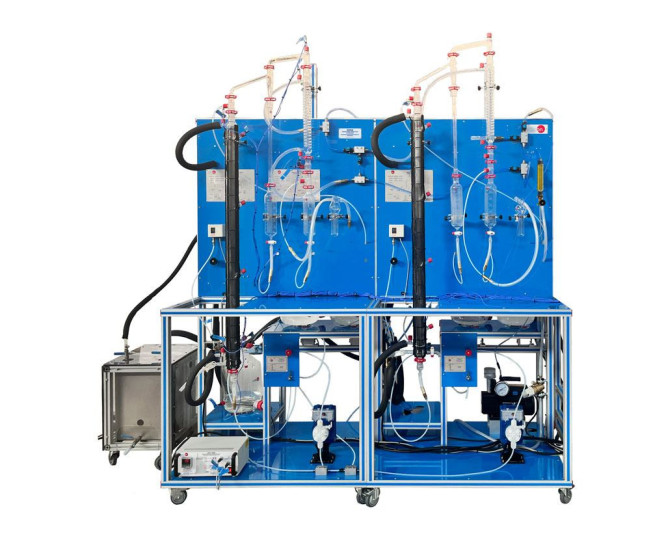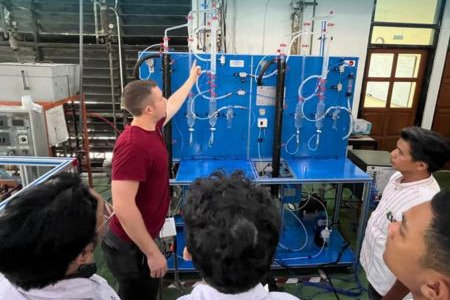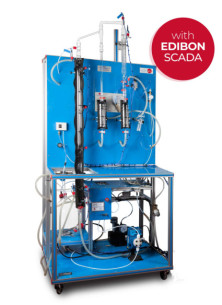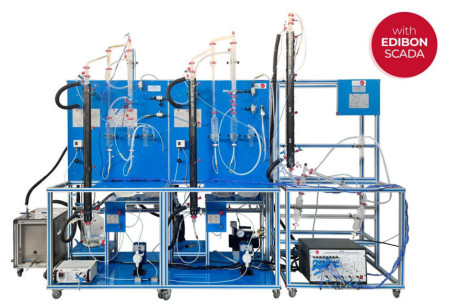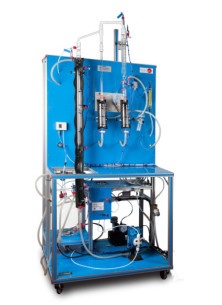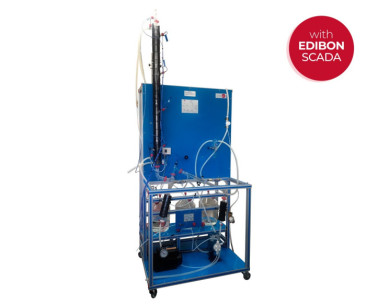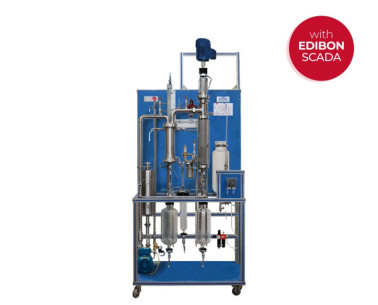Today, we would like to share with you the latest installation we have completed at the Chemical Engineering Department of Institut Teknologi Sepuluh Nopember in Indonesia.
At EDIBON, we are committed to strengthening skills as a strategic pillar for the competitiveness and social well-being of the European Union. Proper training not only boosts the economy but also enables individuals to fully participate in society and democracy.
In a world where energy demand continues to rise and non-renewable resources are rapidly depleting, the need for sustainable, environmentally friendly solutions has never been more urgent. The circular economy and the use of organic biomass to produce biofuels are emerging as key answers to...
Today we would like to tell you about our latest installation in Indonesia. At Institut Teknologi Sepuluh Nopember we have installed the following equipment. Our engineers came to the centre to install the equipment and explain how it works to the people responsible for using it.
 Настройки cookie
Настройки cookie

